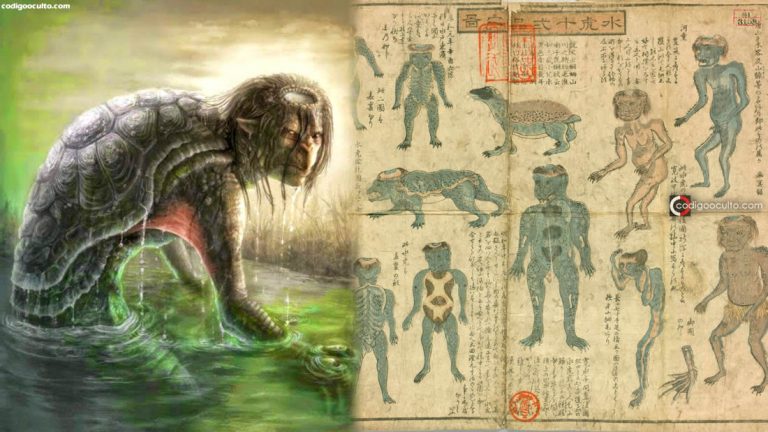

As for Japanese Buddhism, they don’t take as sweetly to them. Here’s how it works: when the water deity’s temporary animal form or “yorishiro” that it uses to present itself attracts a “kami”, which is a god or spirit, you combine that kami (spirit) with a yorishiro (something that it can physically occupy), and you have the kappa a yokai and water deity. In terms of Shinto beliefs, the impish kappa belongs to the category of “sujin”, which is a water deity. Examples of these names include mizuchi, kawaso, dancame, and gawappa. The kappa goes by many different names throughout Japan, varying per region. The kappa also goes by its other names, such as “kawatora” or river tiger, “komaihiki”, which means horse puller, and “kawataro”. The etymology behind this lies in the words “kawa” which means river in Japanese, and “wappa”, stemming from “warawa” which means child. The word “kappa”, when translated into English, means river child. A Mythological Creature from Japan: The Kappa Monster One of the most famous (and loved) yokai is the Kappa.

These bewitched and fascinating entities are referred to as yokai, some of them as deities. They have an entire branch dedicated to the elementals and monsters that lurk their land some of them hardly known of, others being superstars in household folklore and children’s stories. Japan is famous for their mythology being so detailed and amusingly peculiar. Countries that have different bodies of water have stories about mermaids and sea monsters, while lands filled with tall mountains and flourishing trees speak of the rumor of the yeti.

Depending on which side of the world you’re looking at, you’ll get very different monsters, all perfectly suited to the environment of the country that it originates from. These stories are elements of folklore, which are inherent in cultures all over the world. Stories of monsters and mythical creatures are passed on from generation to generation.


 0 kommentar(er)
0 kommentar(er)
